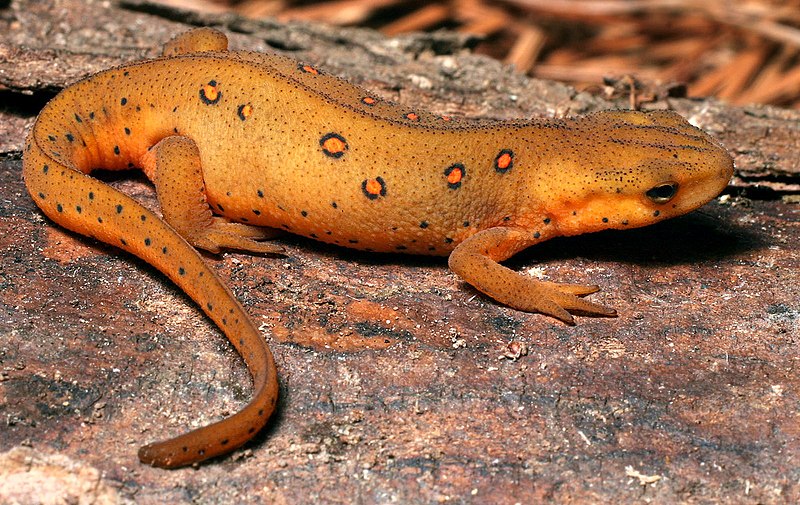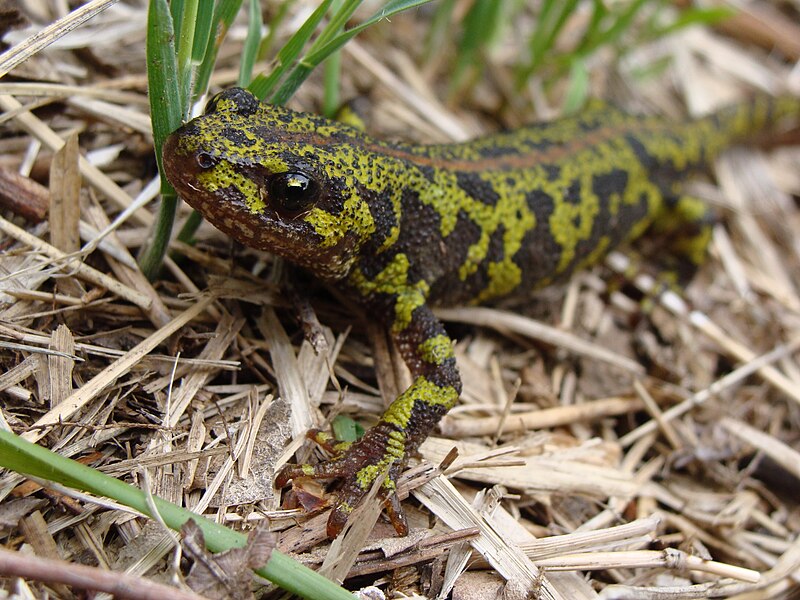 Although my interests are wide, newts and salamanders have always held a special fascination for me. Beginning in childhood, I sought to keep and breed as many species as possible, and I focused on their husbandry and conservation when I entered the zoo field. In time, I wrote a book summarizing my experiences (please see below). The passage of so many years has not dulled my enthusiasm for these fascinating amphibians, and I can highly recommend them to both beginning and advanced herp keepers.
Although my interests are wide, newts and salamanders have always held a special fascination for me. Beginning in childhood, I sought to keep and breed as many species as possible, and I focused on their husbandry and conservation when I entered the zoo field. In time, I wrote a book summarizing my experiences (please see below). The passage of so many years has not dulled my enthusiasm for these fascinating amphibians, and I can highly recommend them to both beginning and advanced herp keepers.
The following information may be applied to the care of Japanese Fire-Bellied, Eastern, California, Ribbed and Paddle-Tailed Newts, as well as most others that appear in the pet trade. Please write in for detailed information on individual species.
Newts as Pets
An ability to thrive on commercial pellets distinguishes newts from other amphibians, and endears them to folks who prefer not to handle live insects. All are brilliantly-colored, active by day, and usually live well in groups at average room temperatures. Most become quite tame over time, and will even accept food from your hand. Several California Newts in my collection have lived to age 20, and others seem bent on exceeding that. Read More »
 That Reptile Blog – Reptile, Amphibian and Exotic Pet Care and Information
That Reptile Blog – Reptile, Amphibian and Exotic Pet Care and Information


